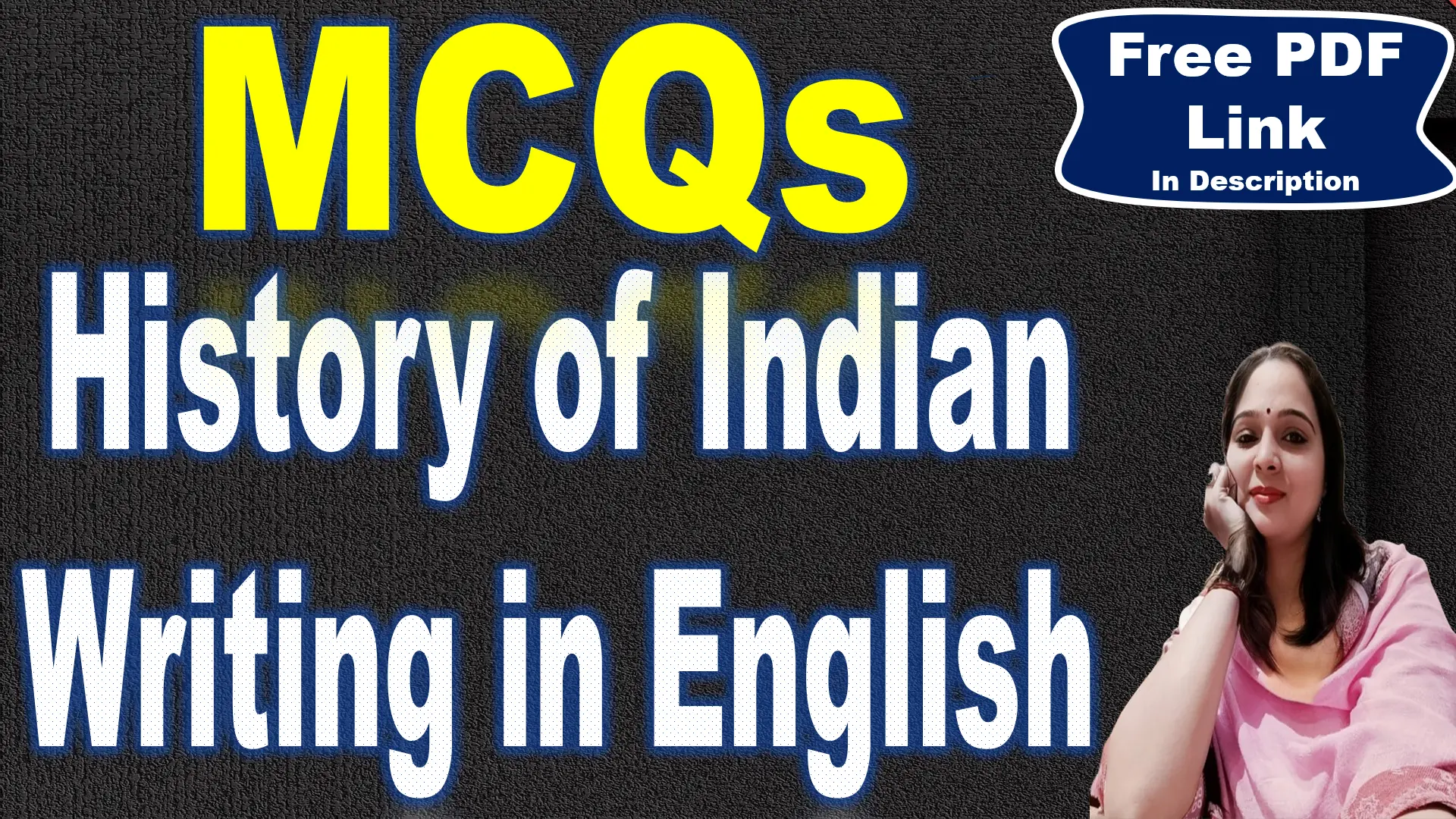
61. The line “Weavers, weaving solemn and still” is from which stanza?
a) First
b) Second
c) Third
d) None of the above
Answer: c) Third
Explanation: The line “Weavers, weaving solemn and still” is from the third stanza. In this stanza, the weavers are creating the funeral shroud, which is associated with death. The words “solemn and still” convey the gravity and sadness of this stage of life, contrasting with the joy and vibrancy associated with birth and marriage in the earlier stanzas.
62. Which of the following best describes the tone of the poem overall?
a) Uniformly cheerful
b) Shifting from joy to sorrow
c) Consistently dark
d) Playful and light
Answer: b) Shifting from joy to sorrow
Explanation: The tone of “The Indian Weaver” shifts from joy to sorrow across its stanzas: joyful in the first (“garment so gay” for birth), celebratory in the second (marriage veil), and sorrowful in the third (“solemn and still” for death). It’s not uniformly cheerful, as death darkens the end, nor consistently dark, given early vibrancy. Playful and light don’t fit the third stanza’s gravity. Naidu’s tonal shift mirrors life’s progression, blending happiness with inevitability in a poignant, evolving emotional arc.
63. In which collection was “The Indian Weaver” first published?
a) The Golden Threshold
b) The Bird of Time
c) The Broken Wing
d) Songs of India
Answer: a) The Golden Threshold
Explanation: “Indian Weavers” by Sarojini Naidu was first published in a) The Golden Threshold in 1905, her debut collection. The poem appears on page 30 under the “Folk Songs” section. It uses weaving as a metaphor for life’s stages—birth, marriage, and death—fitting the folk theme of the collection.
64. What was the year of publication for “The Bird of Time”?
a) 1905
b) 1912
c) 1917
d) 1920
Answer: b) 1912
Explanation: 1912 was the year of publication for “The Bird of Time.” This collection marked an important stage in Sarojini Naidu’s career, showcasing her mastery of both lyrical and narrative poetry. The year also reflects the growing recognition of her work in both literary and political circles.
65. What is the primary structural feature of each stanza in the poem?
a) A single long sentence
b) A question followed by an answer
c) A series of unrelated images
d) A dialogue between two characters
Answer: b) A question followed by an answer
Explanation: The primary structural feature of each stanza is a question followed by an answer. The speaker in the poem asks the weaver why they are weaving a particular garment, and the weaver responds, explaining the significance of the garment in relation to life’s stages. This question-and-answer format creates a rhythmic and conversational tone.
66. How many lines does each stanza of “The Indian Weaver” contain?
a) Three
b) Four
c) Five
d) Six
Answer: b) Four
Explanation: Each stanza of “The Indian Weaver” contains four lines. The concise structure contributes to the poem’s clarity and musicality. The four-line stanzas also mirror the rhythm and balance of the weaving process described in the poem, emphasizing the regularity and continuity of life’s stages.
67. Which publisher released “The Bird of Time,”?
a) Oxford University Press
b) William Heinemann
c) Penguin Books
d) Macmillan Publishers
Answer: b) William Heinemann
Explanation: The Bird of Time (1912) was published by William Heinemann in London, a prominent publisher of the era that also released Naidu’s The Broken Wing (1917).
68. The form of “The Indian Weaver” reflects Sarojini Naidu’s influence from:
a) Modernist poetry
b) Victorian and Romantic traditions
c) Classical Sanskrit poetry
d) Contemporary Indian folk tales
Answer: b) Victorian and Romantic traditions
Explanation: The form of “The Indian Weaver” reflects Sarojini Naidu’s influence from Victorian and Romantic traditions. Her use of lyrical language, vivid imagery, and exploration of nature, life, and death connects her work to the Romantic movement, while her structured poetic form is reminiscent of Victorian poetry, which valued formal and musical qualities in verse. Naidu’s blending of these traditions reflects both her Indian heritage and Western literary influences.
69. What is the predominant metrical foot used in “The Indian Weaver”?
a) Iamb
b) Trochee
c) Anapest
d) Dactyl
Answer: b) Trochee
Explanation: The predominant metrical foot used in “The Indian Weaver” is the trochee. A trochee consists of a stressed syllable followed by an unstressed one, as in the word “wea-vers”. The use of this metrical foot creates a rhythm that is somewhat emphatic, giving the poem a steady, flowing pace, which complements the repetitive nature of the weaver’s work. The trochaic meter mirrors the regularity and rhythmic pattern of weaving itself.
70. The meter of “The Indian Weaver” is best described as:
a) Irregular and unpredictable
b) Consistently trochaic with occasional variations
c) Strictly iambic throughout
d) A mix of anapestic and dactylic feet
Answer: b) Consistently trochaic with occasional variations
Explanation: The meter of “The Indian Weaver” is best described as consistently trochaic with occasional variations. The poem primarily follows a steady trochaic meter, creating a musical, rhythmic quality, but it occasionally varies to enhance certain phrases or moments, adding depth to the emotional tone and drawing attention to specific imagery or themes, such as the quietness of death.





